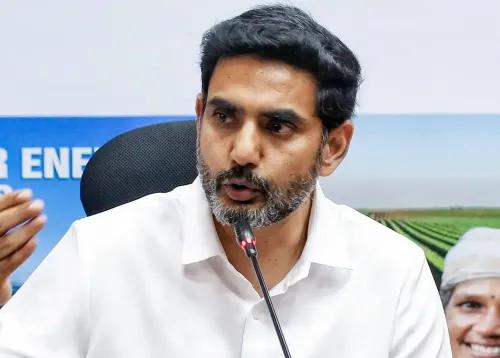Revival of Microfinance in India: Banks Set to Lead, Says HSBC Report

Synopsis
Key Takeaways
- Microfinance in India is recovering after a challenging period.
- HSBC predicts a positive turnaround for MFIs by 2025.
- Karnataka's ordinance has disrupted MFI operations.
- Improved collection efficiencies are noted across states.
- Banks with microfinance exposure have greater growth potential.
Mumbai, March 19 (NationPress) The future for microfinance institutions (MFIs) in India appears to be brightening after a period of difficulty stemming from borrowers’ excessive debt, according to a report released on Wednesday.
As per the findings from HSBC Research, improved loan collections and increased disbursements throughout February have positively influenced the sector's outlook.
While the global brokerage anticipates a favorable recovery for MFIs by 2025, it also points out that several challenges remain to be addressed.
The report indicated that “X bucket” collection efficiency across most states rose to between 98.5 and 99.5 percent in February. “X bucket” pertains to accounts with no overdue payments at the end of the previous month.
The “X bucket” collection efficiency assesses the percentage of EMIs collected from these accounts during a specific month, relative to the total EMIs due from all such accounts in that time frame.
This advancement has also played a role in decreasing high turnover rates among employees, which had troubled the sector over the previous year.
Nonetheless, in Karnataka, a government ordinance caused considerable disruptions to MFI operations in February.
The proposed bill from the state government seeks to entirely exempt borrowers from repaying loans, including interest, obtained from unlicensed and unregistered MFIs.
HSBC Research noted that several microfinance institutions are taking measures to reduce the impact and stabilize their operations.
Looking forward, credit costs for MFIs are projected to drop in the April-June quarter due to enhanced asset quality.
However, new regulations that will be implemented on April 1, capping lending to borrowers, are likely to result in increased credit costs once more.
Despite this, HSBC Research is optimistic that banks with microfinance exposure possess greater long-term growth prospects.
These banks are in a favorable position due to their improving asset quality and appealing valuations, potentially leading to better returns for investors.
“Banks, with their diversified portfolios and stronger earnings resilience, are expected to be better positioned than standalone MFIs in the long haul,”
the report concluded.









